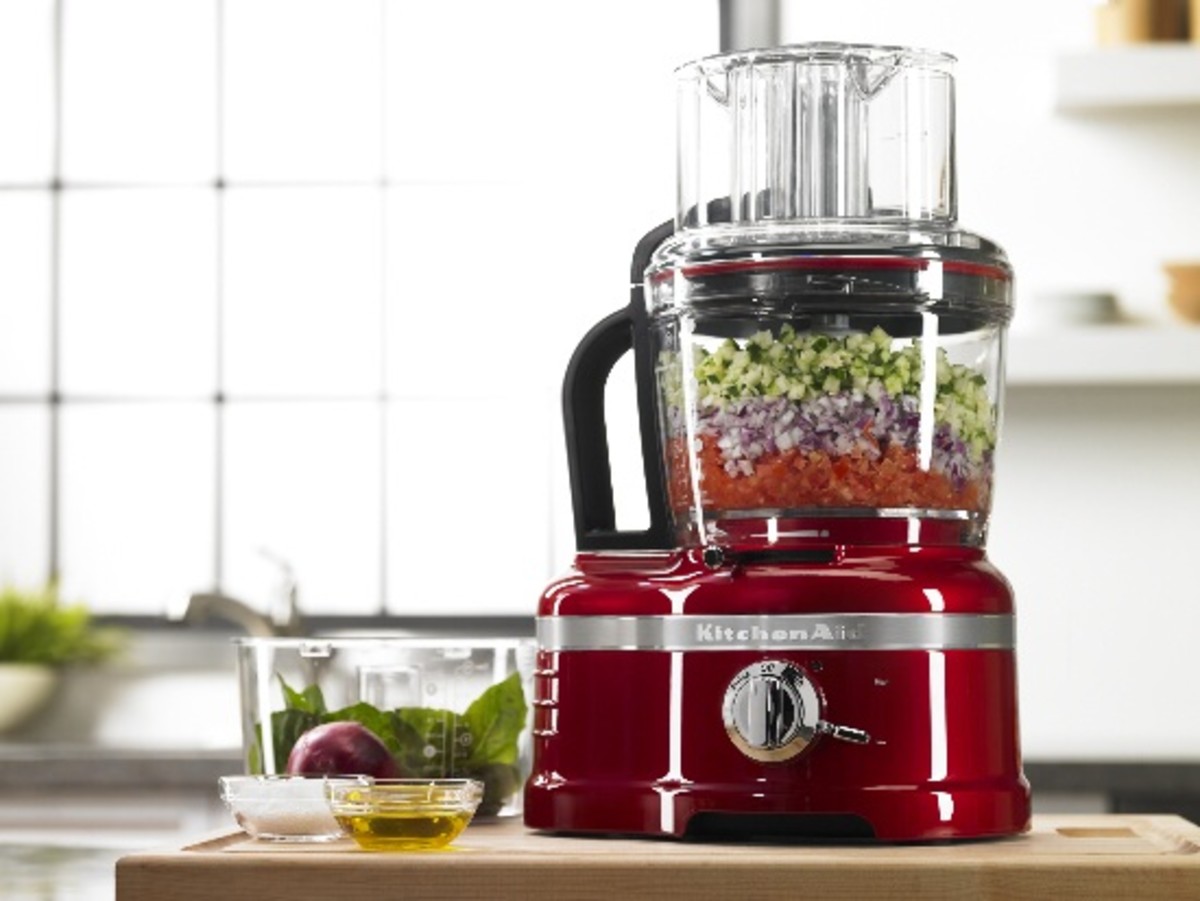

Articles
How To Use The Kitchenaid Food Processor
Modified: February 27, 2024
Learn how to effectively use the Kitchenaid food processor with our informative articles. Discover tips, tricks, and recipes to make the most out of your appliance.
(Many of the links in this article redirect to a specific reviewed product. Your purchase of these products through affiliate links helps to generate commission for Storables.com, at no extra cost. Learn more)
Introduction
Welcome to the world of culinary convenience with the Kitchenaid Food Processor. Whether you’re a seasoned chef or a novice in the kitchen, this versatile appliance is designed to make your cooking experience easier and more efficient. From chopping and slicing to shredding and pureeing, the Kitchenaid Food Processor is equipped with a range of functions that will take your culinary skills to the next level.
In this article, we will explore the various features and functions of the Kitchenaid Food Processor, providing you with a comprehensive guide on how to make the most out of this incredible kitchen tool. From safety precautions to assembly and operation, we’ll walk you through each step, ensuring that you have a seamless and enjoyable experience using your food processor.
Before we dive into the specifics, it’s important to note that the Kitchenaid Food Processor is not just a handy device but also a valuable time-saver. With its powerful motor and sharp blades, it can effortlessly handle a wide range of food preparation tasks, allowing you to spend less time prepping and more time enjoying delicious meals.
So, whether you’re looking to whip up a quick and nutritious smoothie, chop vegetables for a hearty stir-fry, or knead dough for fresh homemade bread, the Kitchenaid Food Processor has got you covered. Let’s embark on this culinary journey and unlock the full potential of your food processor!
Key Takeaways:
- Embrace culinary convenience with the Kitchenaid Food Processor, a versatile appliance designed to simplify food preparation tasks such as chopping, slicing, shredding, and pureeing. Prioritize safety, assembly, and maintenance to unlock its full potential in the kitchen.
- The Kitchenaid Food Processor offers a range of basic functions and features, including variable speed control, compact design, and dishwasher-safe components, making it an indispensable tool for unleashing culinary creativity and enhancing the cooking experience.
Read more: Kitchenaid Food Processor Blades How To Use
Safety Precautions
Prior to using your Kitchenaid Food Processor, it’s important to familiarize yourself with some essential safety precautions. By following these guidelines, you can ensure a safe and enjoyable cooking experience:
- Read the manual: Before using the food processor for the first time, thoroughly read the instruction manual provided by the manufacturer. Familiarize yourself with the operational procedures, safety guidelines, and important maintenance instructions.
- Unplug when not in use: Always unplug the food processor from the power outlet when it is not in use. This will prevent any accidental start-ups and reduce the risk of electrical hazards.
- Avoid contact with blades: Exercise caution when handling the blades of the food processor, as they are extremely sharp. It is recommended to use a spatula or other utensils when removing the processed food from the bowl to avoid accidental cuts.
- Keep hands and utensils clear: Ensure that your hands and utensils are clear from the food processor’s feed chute while it is in operation. Avoid using excessive force or pushing food down with your fingers, as this may result in injury.
- Do not overload: Be mindful of the maximum capacity indicated by the manufacturer. Overloading the food processor can strain the motor and affect its performance. If you have a large quantity of ingredients, process them in batches to ensure optimal results.
- Use proper attachments: Only use attachments and accessories that are specifically designed for your Kitchenaid Food Processor. Using incompatible or damaged parts can affect the appliance’s performance and compromise safety.
- Do not immerse the base in water: While some components of the food processor, such as the bowl and blades, are dishwasher safe, the base of the appliance should never be immersed in water. Wipe it clean with a damp cloth to prevent damage to the electrical components.
- Keep out of reach of children: To prevent accidents, always store the food processor in a secure place, out of the reach of children. Ensure that the appliance is unplugged when not in use.
By adhering to these safety precautions, you can fully enjoy the benefits of your Kitchenaid Food Processor while minimizing any potential risks. Remember, prioritizing safety in the kitchen is essential for a worry-free and enjoyable cooking experience.
Parts and Components of the Kitchenaid Food Processor
The Kitchenaid Food Processor is comprised of several key parts and components that work together to provide efficient and precise food preparation. Understanding these components will allow you to assemble and operate the food processor with ease. Let’s take a closer look at each element:
- Base Unit: This is the main body of the food processor that houses the motor and controls. It provides stability and support for the other components.
- Work Bowl: The work bowl is a large, detachable container where you place the ingredients you wish to process. It is typically made of BPA-free plastic and comes with a handle for easy handling.
- Feed Tube: Located on top of the work bowl, the feed tube allows you to add ingredients while the food processor is in operation. It is essential for continuous processing and saves time by eliminating the need to stop and start the appliance.
- Pusher: The pusher is a small, cylindrical component that fits into the feed tube. It is used to guide ingredients down into the work bowl, ensuring safe and efficient processing.
- Blades: The food processor typically comes with various blades that are interchangeable based on the desired function. These blades include a multipurpose blade for chopping and pureeing, a slicing disc for slicing fruits and vegetables, and a shredding disc for shredding cheese and other ingredients.
- Lid: The lid securely fits onto the work bowl and often includes a small feed tube for adding liquid ingredients while the food processor is in operation. It usually has a safety feature that prevents the motor from running if the lid is not properly locked in place.
- Control Panel: The control panel is where you find the buttons or dials to operate the food processor. It may include various settings for different functions such as pulsing, low speed, and high speed.
- Cord Storage: Some models of the Kitchenaid Food Processor come with cord storage features that allow you to neatly wrap and secure the power cord when the appliance is not in use.
Each component of the Kitchenaid Food Processor plays a crucial role in its overall functionality. Familiarizing yourself with these parts will help you assemble, operate, and maintain the appliance efficiently, making your food preparation tasks a breeze.
Assembly and Set-Up
Setting up your Kitchenaid Food Processor is a straightforward process. Just follow these simple steps to assemble the appliance and get it ready for use:
- Choose a stable surface: Place your food processor on a clean, dry, and stable surface. Ensure that the surface is level to prevent any instability during operation.
- Insert the work bowl: Align the work bowl with the base unit and twist it clockwise until it locks into place. Make sure it is securely seated in the base for proper functioning.
- Insert the desired blade or disc: Select the appropriate blade or disc based on the processing task you wish to perform. Slide it onto the spindle located in the center of the work bowl, ensuring it is fully inserted and securely positioned.
- Attach the lid: Place the lid on the work bowl and lock it into place by rotating it clockwise. Ensure that it is fully aligned and snugly fitted onto the work bowl to engage the safety mechanism.
- Connect the power cord: Plug the power cord into a suitable electrical outlet. Some models have cord storage features that allow you to keep the cord neat and organized.
- Prep the ingredients: Wash and prepare the ingredients you plan to process. Cut them into appropriate sizes to fit through the feed tube easily.
- Set the desired speed and function: Refer to the control panel on your food processor and select the desired speed and function for your specific recipe. Most models offer options such as pulsing, low speed, and high speed to accommodate different processing needs.
- Add ingredients: Remove the pusher from the feed tube and add the ingredients through the feed tube while the food processor is running. Use the pusher to guide the ingredients down into the work bowl, if needed.
- Monitor the processing: Keep an eye on the food processor as it operates, ensuring that the ingredients are being processed to your desired consistency. You can stop the food processor and check the progress as needed.
- Unplug and disassemble: Once you have finished processing your ingredients, unplug the food processor from the power outlet. Carefully disassemble the appliance by unlocking the lid, removing the blades or disc, and taking out the work bowl.
- Clean and store: Thoroughly clean all the components of the food processor using warm, soapy water. Allow them to dry completely before storing them in a clean and dry place. Ensure that the appliance is unplugged and the power cord is neatly stored.
With these simple steps, you can quickly and easily assemble your Kitchenaid Food Processor and have it ready for any food preparation task. Remember to always refer to the instruction manual provided by the manufacturer for any specific assembly instructions related to your model.
Basic Functions and Features
The Kitchenaid Food Processor offers a range of basic functions and features that make it a versatile and indispensable kitchen appliance. Here are some key functions and features to help you make the most out of your food processor:
- Chopping and Pureeing: One of the primary functions of the food processor is chopping and pureeing ingredients. With the multipurpose blade, you can easily chop onions, garlic, herbs, nuts, and more. You can also puree ingredients to create smooth sauces, dips, and soups.
- Slicing: The food processor’s slicing disc allows you to achieve uniform slices of fruits, vegetables, and cheese. With adjustable slicing thickness, you can customize the thickness of your slices to suit your recipe requirements.
- Shredding: The shredding disc is ideal for shredding cheese, carrots, cabbage, and other ingredients. It saves you time and effort compared to shredding by hand, ensuring evenly shredded ingredients for your recipes.
- Dough Mixing: Some models of the Kitchenaid Food Processor come with a dough blade that allows you to mix and knead dough for bread, pizza, and other baked goods. This feature takes the hassle out of manual kneading and ensures consistent results.
- Pulsing: The food processor typically offers a pulsing function, which allows short bursts of power to achieve a coarse texture in your ingredients without overprocessing them. This is especially useful when making salsa, pesto, or chunky dips.
- Variable Speed Control: Many food processors have variable speed control, allowing you to adjust the speed of the motor to suit the specific processing task. This feature provides flexibility and precision in achieving the desired consistency.
- Liquid Ingredient Addition: Some food processors have a small feed tube on the lid that allows you to add liquid ingredients, such as oils or liquids for dressings or marinades, while the food processor is running. This makes it convenient to create emulsions or blend ingredients smoothly.
- Compact Design: The Kitchenaid Food Processor is designed to be compact and space-saving, making it ideal for small kitchens or limited countertop space. Its sleek design and easy storage capabilities ensure that it can be conveniently tucked away when not in use.
- Dishwasher-Safe Components: The removable parts of the food processor, such as the work bowl, lid, and blades, are typically dishwasher safe, making clean-up a breeze. Just place them in the dishwasher or wash them by hand with warm, soapy water.
- Multiple Attachments: Depending on the model, the Kitchenaid Food Processor may offer additional attachments, such as a citrus juicer or a dicing kit. These attachments expand the functionality of the appliance, allowing you to tackle even more cooking tasks.
With these basic functions and features, the Kitchenaid Food Processor provides you with a wide range of capabilities to simplify and enhance your food preparation. Experiment with different functions to discover new recipes and unleash your culinary creativity!
When using the KitchenAid food processor, make sure to use the correct blade or attachment for the task at hand. Each blade is designed for specific functions such as slicing, shredding, or pureeing. Always refer to the user manual for guidance on which blade to use for different ingredients.
Read more: How To Use Kitchenaid Mini Food Processor
Operating the Kitchenaid Food Processor
Operating the Kitchenaid Food Processor is a simple and straightforward process. By following these steps, you’ll be able to use your food processor with ease and achieve excellent results:
- Assemble the food processor: Refer to the assembly instructions provided earlier in this guide to properly assemble the different components of your Kitchenaid Food Processor.
- Place the ingredients in the work bowl: Depending on the recipe, add the desired ingredients to the work bowl. Make sure not to exceed the maximum capacity indicated by the manufacturer to prevent strain on the motor.
- Secure the lid: Place the lid onto the work bowl and rotate it clockwise until it locks into place. Ensure that it is securely and properly aligned to engage the safety mechanism.
- Select the desired function and speed: Refer to the control panel on your food processor to select the appropriate function and speed for your specific recipe. Most models offer options such as chopping, pureeing, slicing, or shredding, with varying speed settings.
- Start the food processor: Once you have selected the desired function and speed, press the power button or switch to start the food processor. The motor will begin running, and the blades or discs will start processing the ingredients.
- Monitor the processing: Keep a close eye on the food processor as it operates, checking periodically to ensure that the ingredients are being processed to your desired consistency. You can stop the food processor and check the progress as needed.
- Adjust the processing time: Depending on the recipe and the desired results, you may need to adjust the processing time. Some recipes may require longer processing for smoother textures, while others may call for a shorter duration to maintain some texture and chunkiness.
- Add ingredients through the feed tube: If your recipe calls for adding additional ingredients while the food processor is running, remove the pusher from the feed tube and carefully add the ingredients through the tube. Use the pusher to guide them down into the work bowl, if necessary.
- Stop the food processor: Once the ingredients have been processed to your satisfaction, press the power button or switch to stop the food processor. Ensure that the blades or discs come to a complete stop before proceeding.
- Remove the lid and transfer the processed ingredients: Unlock and remove the lid from the work bowl. Use a spatula or spoon to transfer the processed ingredients to a separate bowl or container for further use or storage.
- Unplug the food processor and clean the components: After use, unplug the food processor from the power outlet. Disassemble the different components, such as the work bowl, lid, and blades, and clean them thoroughly using warm, soapy water or the dishwasher, if they are dishwasher safe.
- Store the food processor: Once the components are dry, assemble the food processor for storage. Make sure to store it in a clean, dry place, away from moisture and free from any potential damage. Keep the power cord neatly tucked away, if applicable.
By following these operating instructions, you’ll be able to use your Kitchenaid Food Processor effectively and achieve the desired results in your food preparation. Experiment with different functions and recipes to unleash your culinary creativity and make the most out of this versatile kitchen appliance.
Cleaning and Maintenance
To ensure the longevity and optimal performance of your Kitchenaid Food Processor, it’s essential to clean and maintain it regularly. Follow these guidelines to keep your appliance in top shape:
- Unplug the food processor: Before cleaning, always unplug the food processor from the power outlet to prevent any accidents or electrical hazards.
- Disassemble the components: Carefully disassemble the different components of the food processor, such as the work bowl, lid, blades, and discs. Refer to the manufacturer’s instructions for specific disassembly guidelines.
- Wash with warm, soapy water: Wash the disassembled components with warm, soapy water using a mild detergent. Use a soft sponge or dishcloth to gently clean the surfaces. Avoid using abrasive cleaners or scrub brushes as they may damage the parts.
- Remove stubborn residue: For stubborn food stains or residue, allow the components to soak in warm, soapy water for a few minutes. Then, use a non-abrasive brush or sponge to remove the residue gently.
- Dry the components: After cleaning, thoroughly dry all the components with a clean towel or allow them to air dry completely. Ensure that there is no moisture remaining to prevent the growth of mold or bacteria.
- Dishwasher-safe components: Some components of the food processor, such as the work bowl, lid, and pusher, may be dishwasher safe. Check the manufacturer’s instructions to determine if your specific model can be safely placed in the dishwasher.
- Clean the base unit: Wipe the base unit of the food processor with a damp cloth or sponge. Avoid immersing the base unit in water or using harsh cleaning agents as they can damage the electrical components.
- Store the food processor properly: Once all the components are clean and dry, reassemble the food processor for storage. Store it in a clean and dry place, away from excessive heat or moisture.
- Regular maintenance: Regularly inspect the food processor for any signs of wear or damage. Check the blades and discs for sharpness and integrity. Replace any worn or damaged parts promptly to ensure safe operation and optimal performance.
- Follow manufacturer’s guidelines: Always refer to the manufacturer’s instructions and guidelines for specific cleaning and maintenance recommendations for your model of the Kitchenaid Food Processor. These instructions may vary slightly depending on the specific features and design of your appliance.
By following these cleaning and maintenance practices, you can prolong the lifespan of your Kitchenaid Food Processor and ensure that it continues to function efficiently. Regular cleaning and upkeep will not only keep the appliance in optimal condition but also prevent any cross-contamination and maintain the quality of your processed ingredients.
Troubleshooting Tips
While the Kitchenaid Food Processor is designed for seamless operation, you may occasionally encounter some issues. Here are some troubleshooting tips to help you address common problems:
- The food processor does not start: Ensure that the food processor is securely plugged into a functioning electrical outlet. Check if the lid is properly locked in place, as most models have a safety feature that prevents operation if the lid is not correctly aligned.
- The food processor is not processing the ingredients: Check if the blades or discs are assembled correctly and securely onto the spindle in the work bowl. Verify that the ingredients are within the recommended capacity and properly distributed in the work bowl.
- The food processor is vibrating excessively: Verify that the food processor is placed on a stable and level surface. Excessive vibration may occur if the ingredients are not evenly distributed in the work bowl or if the food processor is overloaded beyond its capacity.
- The food processor is producing an unusual noise: If you hear any grinding, scraping, or excessive noise, immediately turn off the food processor and unplug it. Check for any foreign objects or debris that may have accidentally entered the work bowl or lodged between the blades.
- Blades are not cutting properly: Dull blades can affect the performance of the food processor. Consider sharpening or replacing the blades as needed, following the manufacturer’s guidelines for blade maintenance. Make sure to handle blades with caution to avoid any injuries.
- Food stuck in the blades: If food gets stuck in the blades during processing, unplug the food processor and disassemble the affected components. Use a brush or a small tool to remove any stuck food particles carefully.
- Food processor is overheating: If you notice that the food processor becomes excessively hot during use, turn it off and let it cool down for a few minutes. This can happen if the motor is overloaded or if the appliance is used for an extended period. Allow for sufficient cooling time before resuming operation.
- Refer to the user manual: If you encounter any persistent issues or problems not addressed here, consult the user manual provided by the manufacturer. It contains detailed troubleshooting information specific to your model of the Kitchenaid Food Processor.
Remember to take proper precautions while troubleshooting, such as unplugging the food processor and exercising caution when handling blades or other sharp components. If the issue persists or if you are unsure about resolving it, contact the manufacturer’s customer support for further assistance.
By understanding and following these troubleshooting tips, you can effectively address common issues and ensure that your Kitchenaid Food Processor operates smoothly, allowing you to enjoy its benefits during your food preparation process.
Conclusion
The Kitchenaid Food Processor is a versatile and efficient kitchen appliance that can revolutionize your food preparation process. With its array of functions and features, this appliance simplifies the tasks of chopping, slicing, shredding, and pureeing, helping you save time and effort in the kitchen.
In this comprehensive guide, we have covered various aspects of the Kitchenaid Food Processor, from safety precautions to assembly and set-up, basic functions and features, operating instructions, cleaning and maintenance tips, and troubleshooting advice. By following these guidelines, you can make the most out of your food processor and achieve excellent results in your culinary endeavors.
Remember to prioritize safety by adhering to the recommended precautions and reading the instruction manual provided by the manufacturer. Always unplug the appliance when not in use and exercise caution when handling the sharp blades and other components.
Regular cleaning and maintenance are key to preserving the performance and longevity of your food processor. By keeping the various parts clean and dry and following the manufacturer’s guidelines, you can ensure that your appliance remains in top condition for years to come.
Should you encounter any issues while using your Kitchenaid Food Processor, the troubleshooting tips provided can help you address common problems and ensure a smooth operation. If needed, consult the user manual or contact the manufacturer’s customer support for further assistance.
With its user-friendly design and powerful functionality, the Kitchenaid Food Processor is a valuable addition to any kitchen. From preparing delicious meals to creating delectable dips and sauces, this appliance will undoubtedly elevate your cooking experience and inspire your culinary creativity.
So, embrace the convenience and efficiency of the Kitchenaid Food Processor and unleash your culinary prowess like never before. Explore, experiment, and enjoy the journey of creating delicious meals with this remarkable kitchen tool!
Frequently Asked Questions about How To Use The Kitchenaid Food Processor
Was this page helpful?
At Storables.com, we guarantee accurate and reliable information. Our content, validated by Expert Board Contributors, is crafted following stringent Editorial Policies. We're committed to providing you with well-researched, expert-backed insights for all your informational needs.
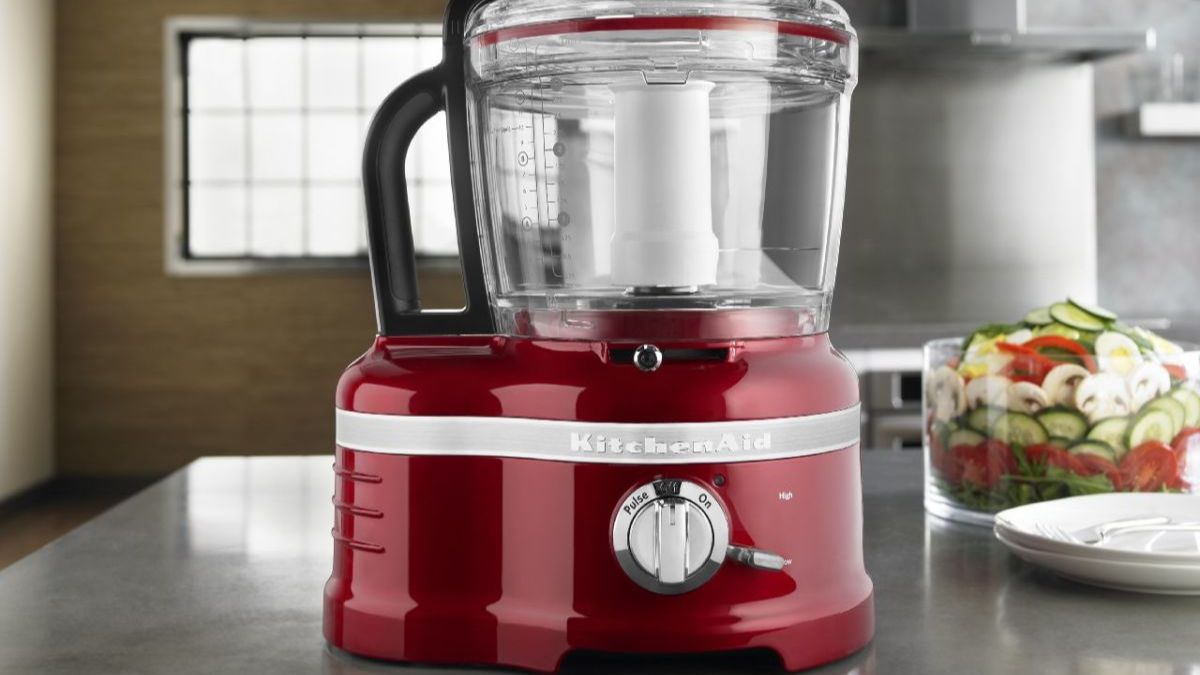
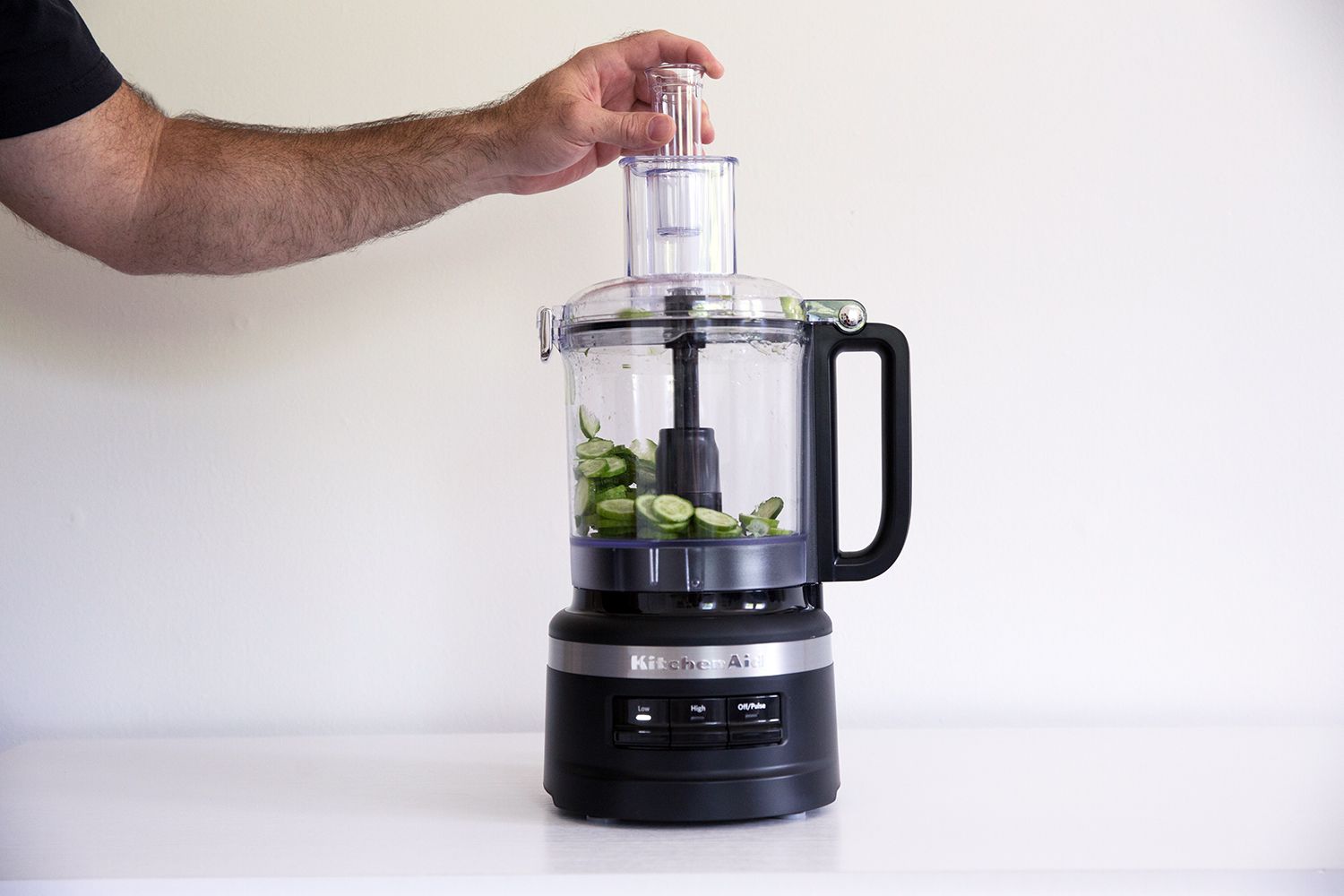
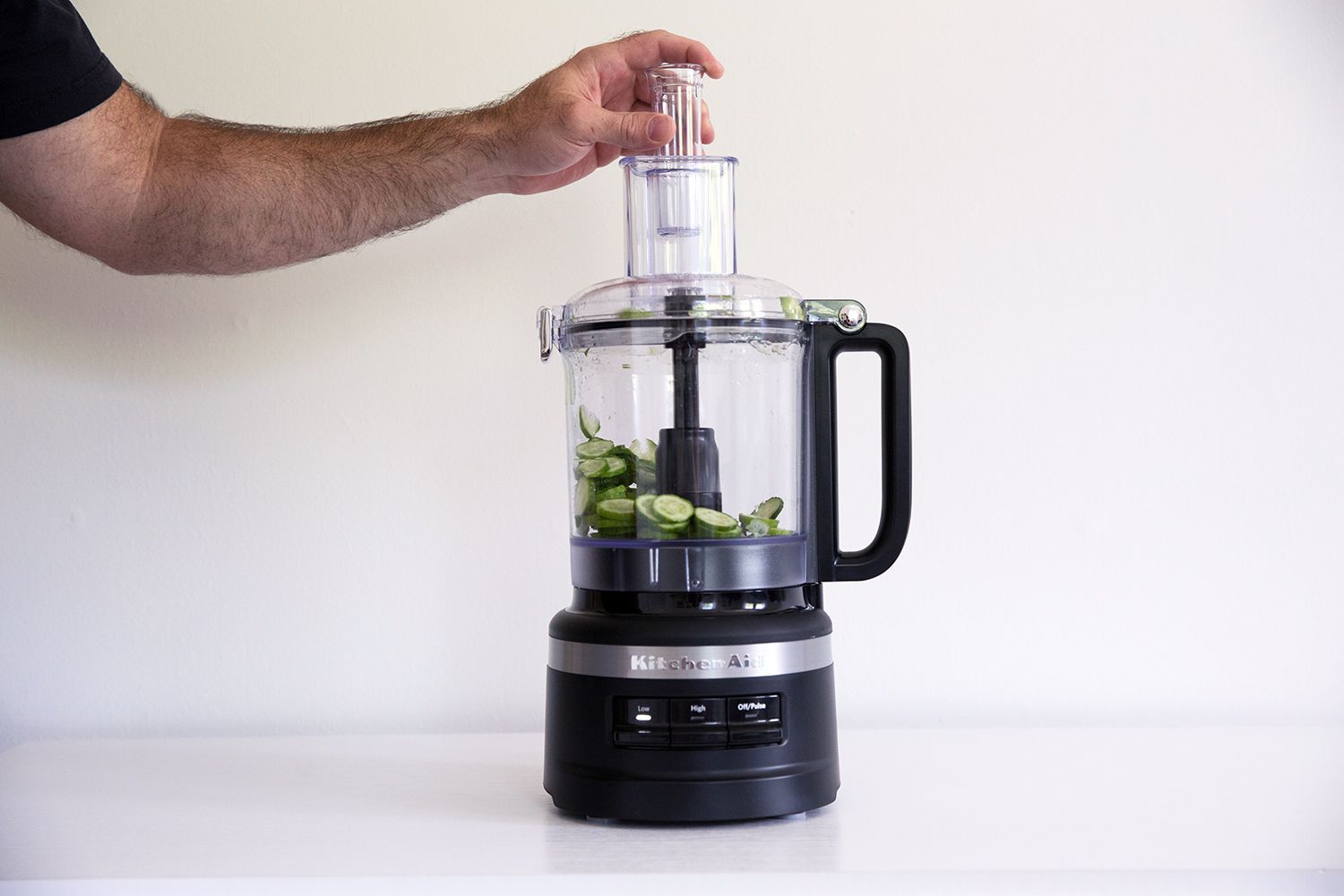
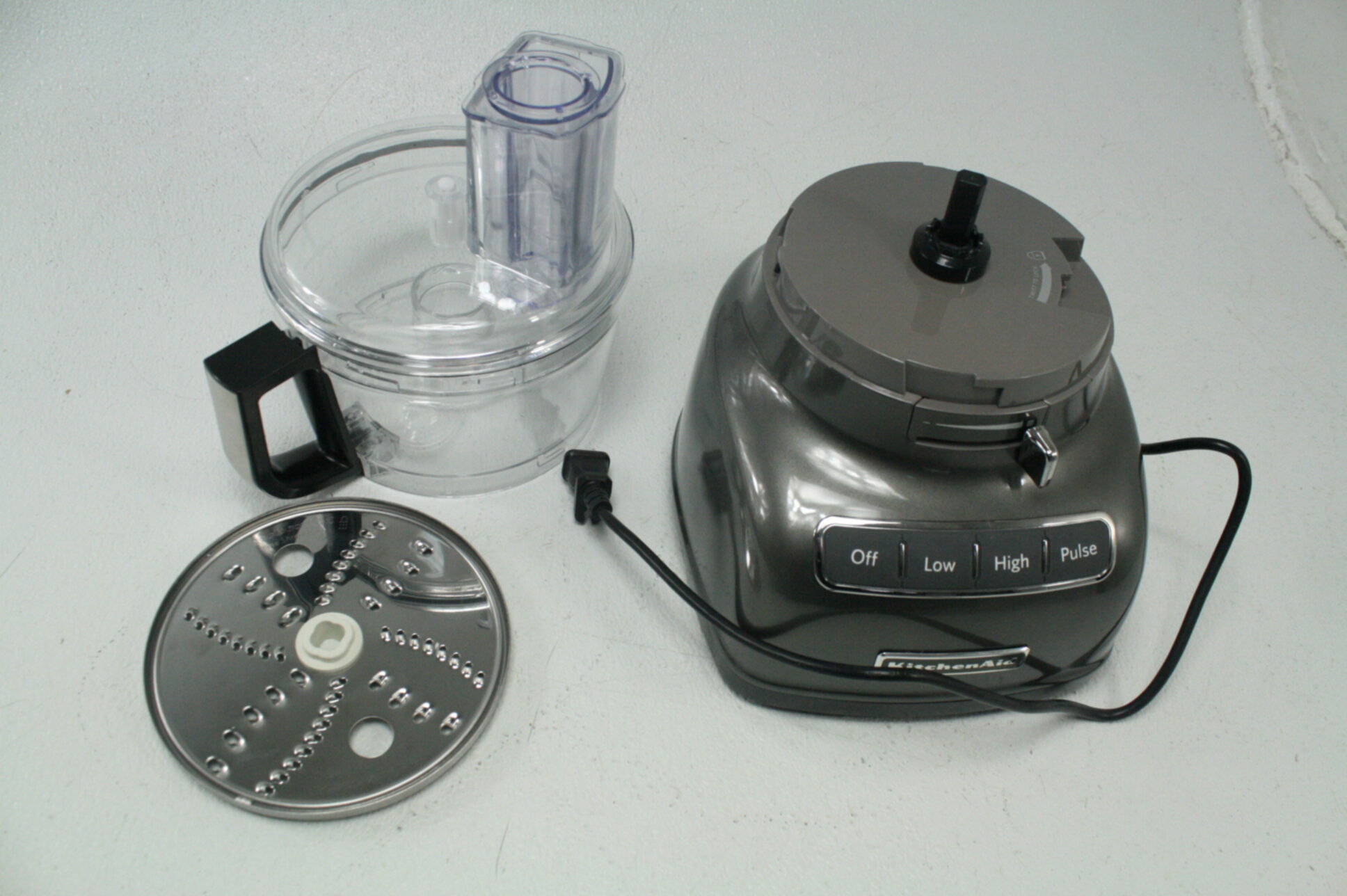
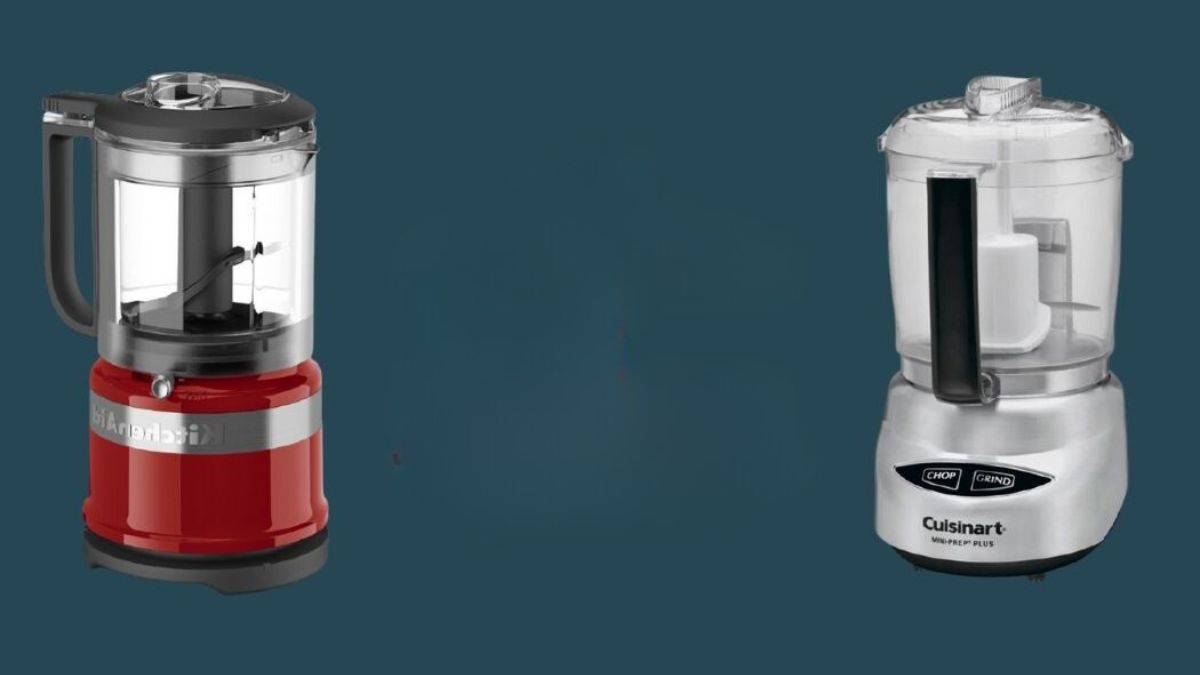
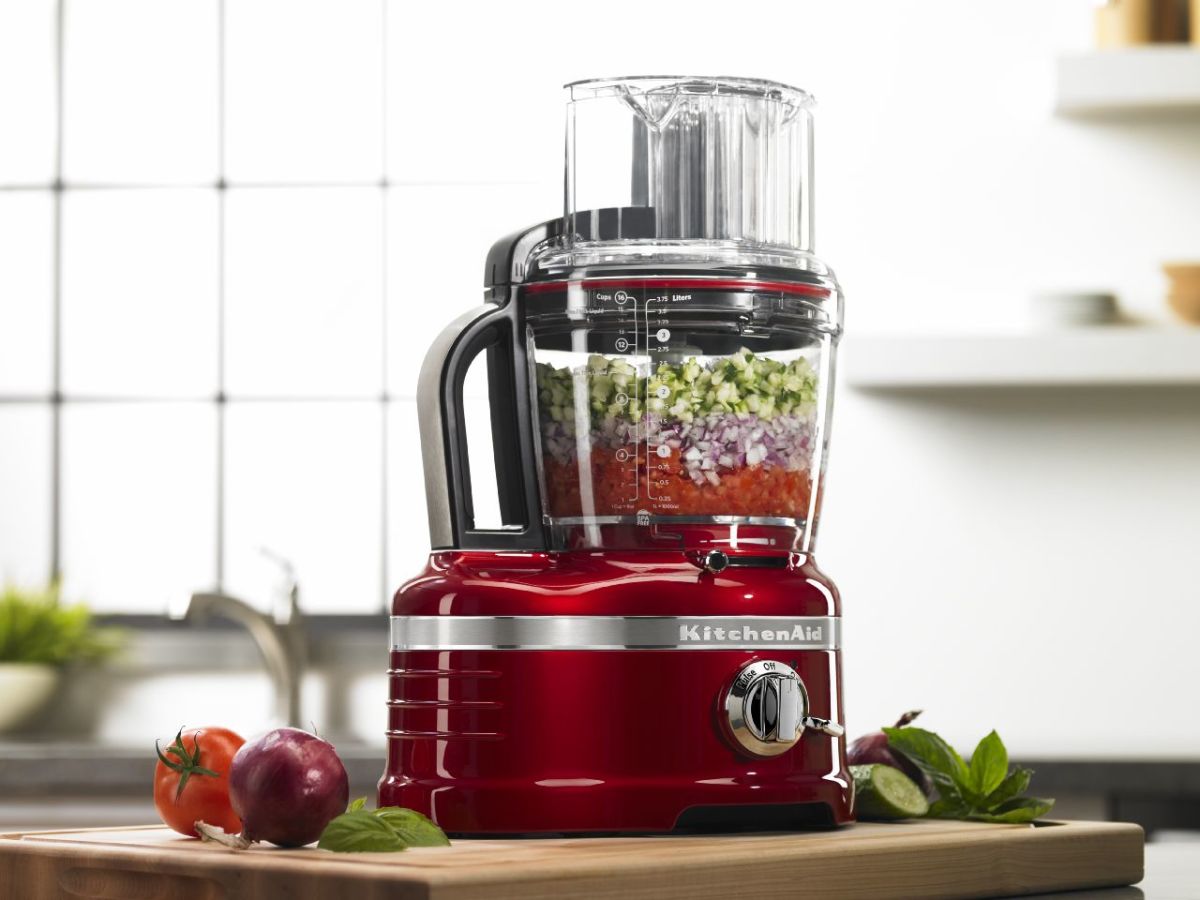
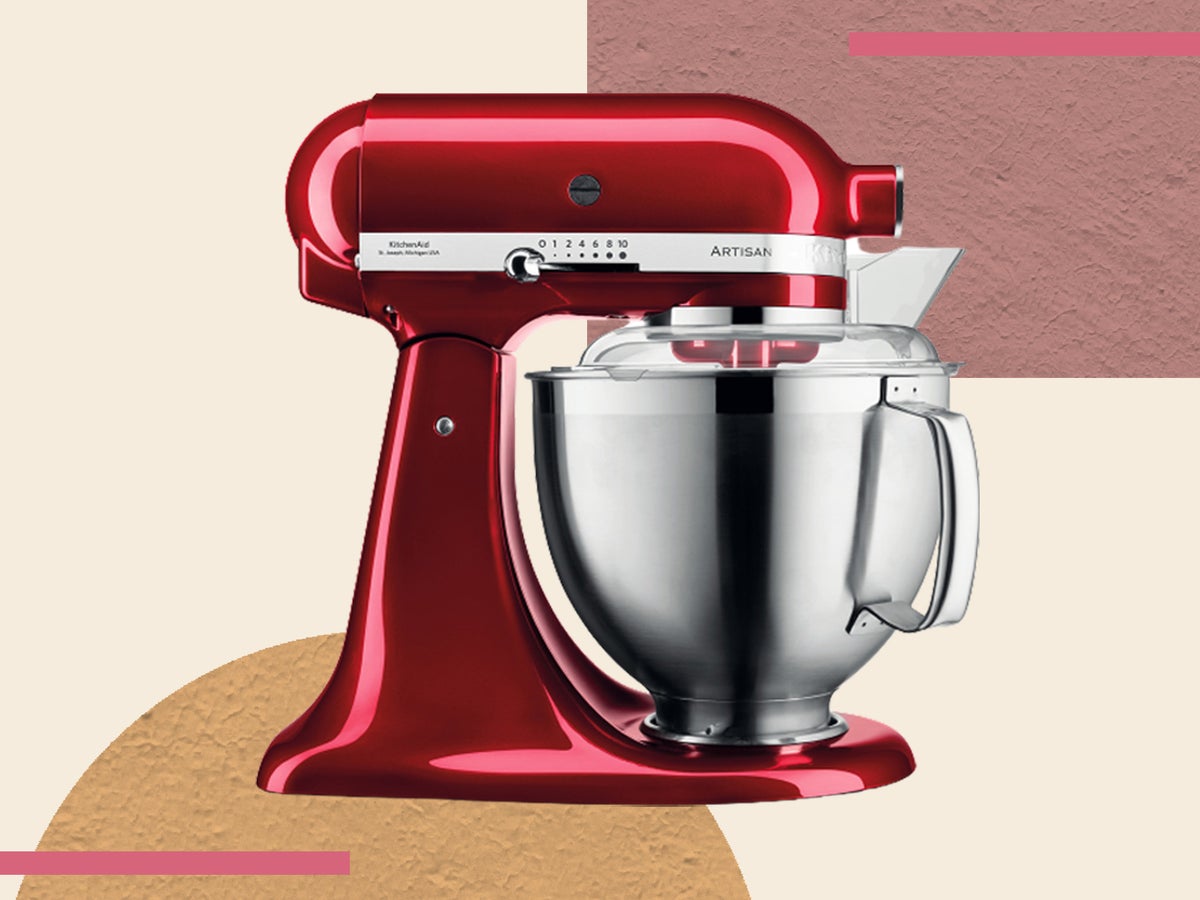
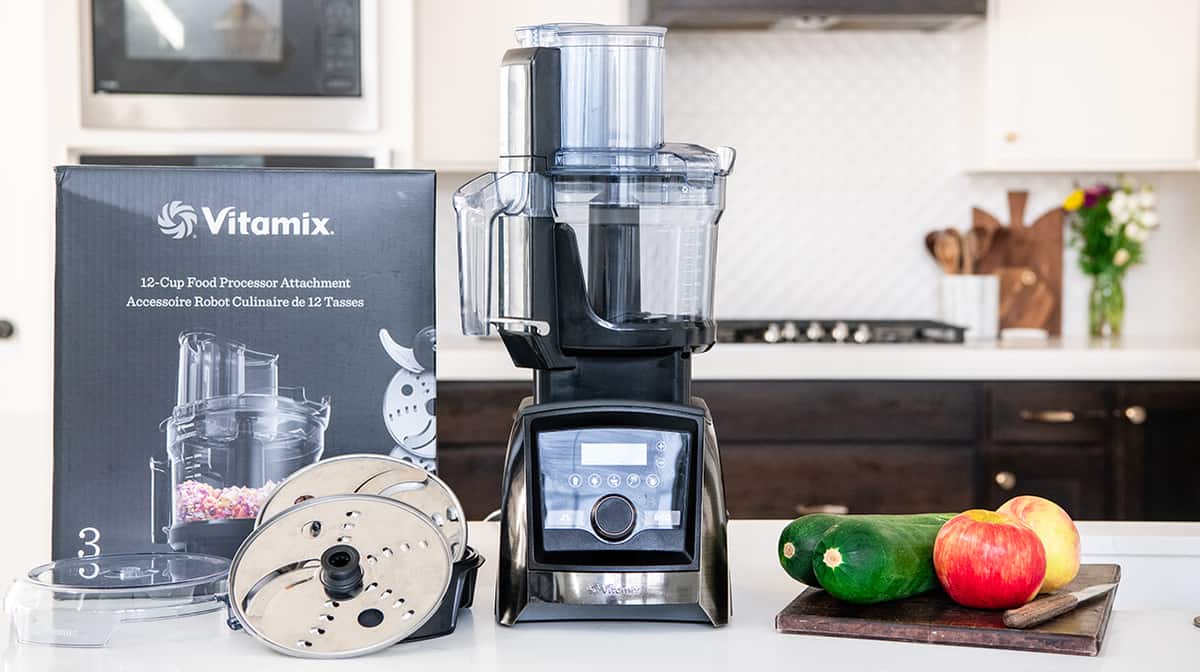
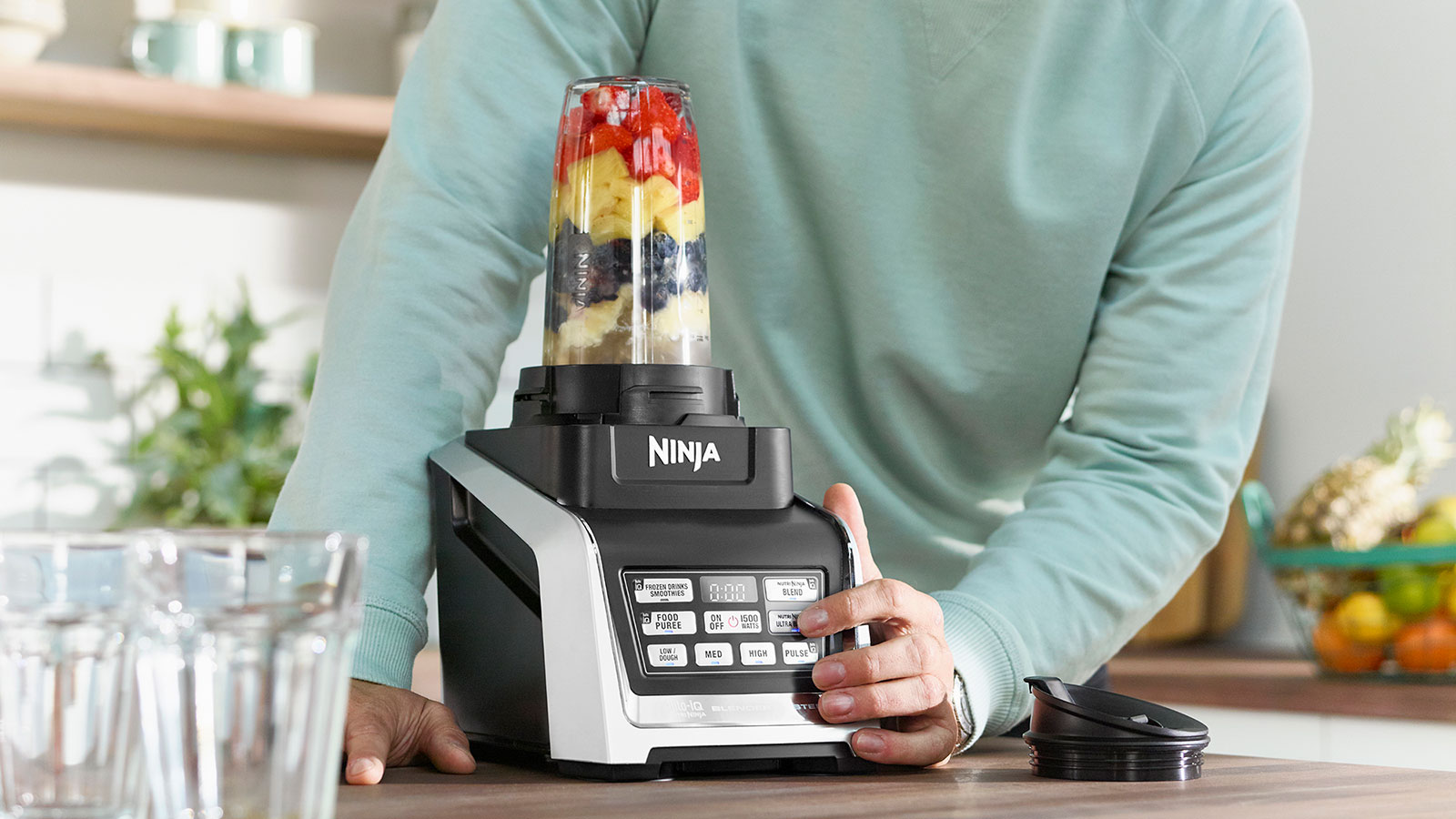
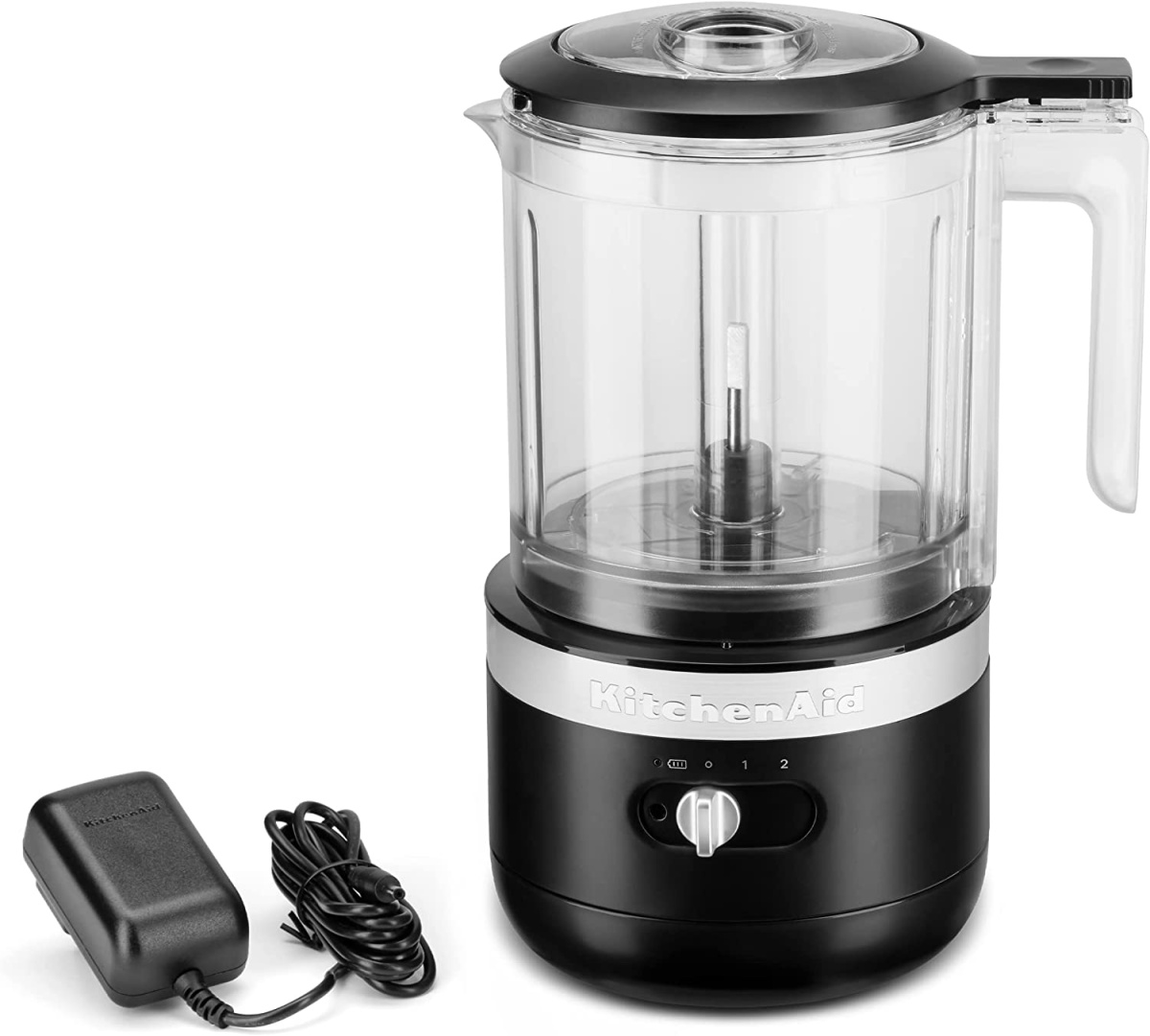
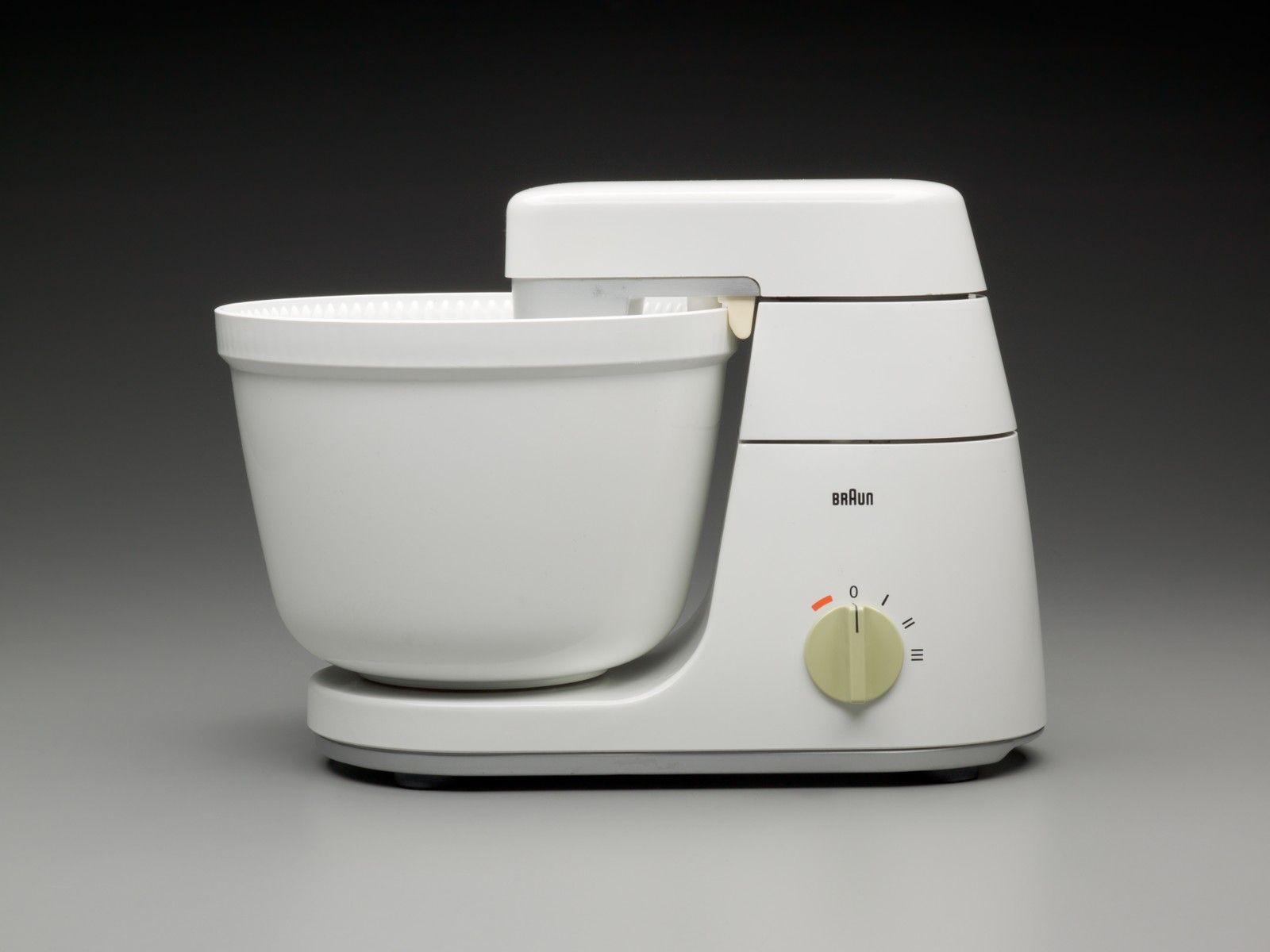
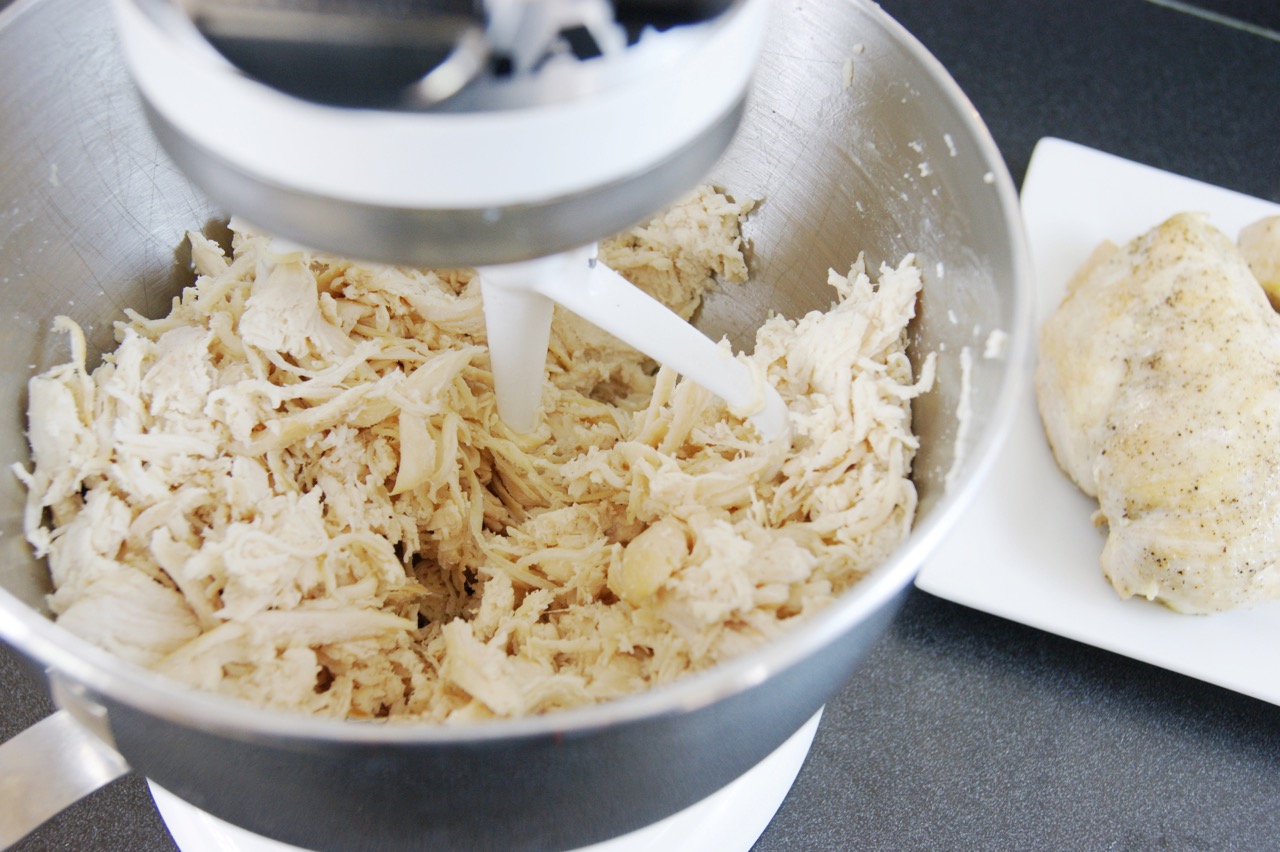
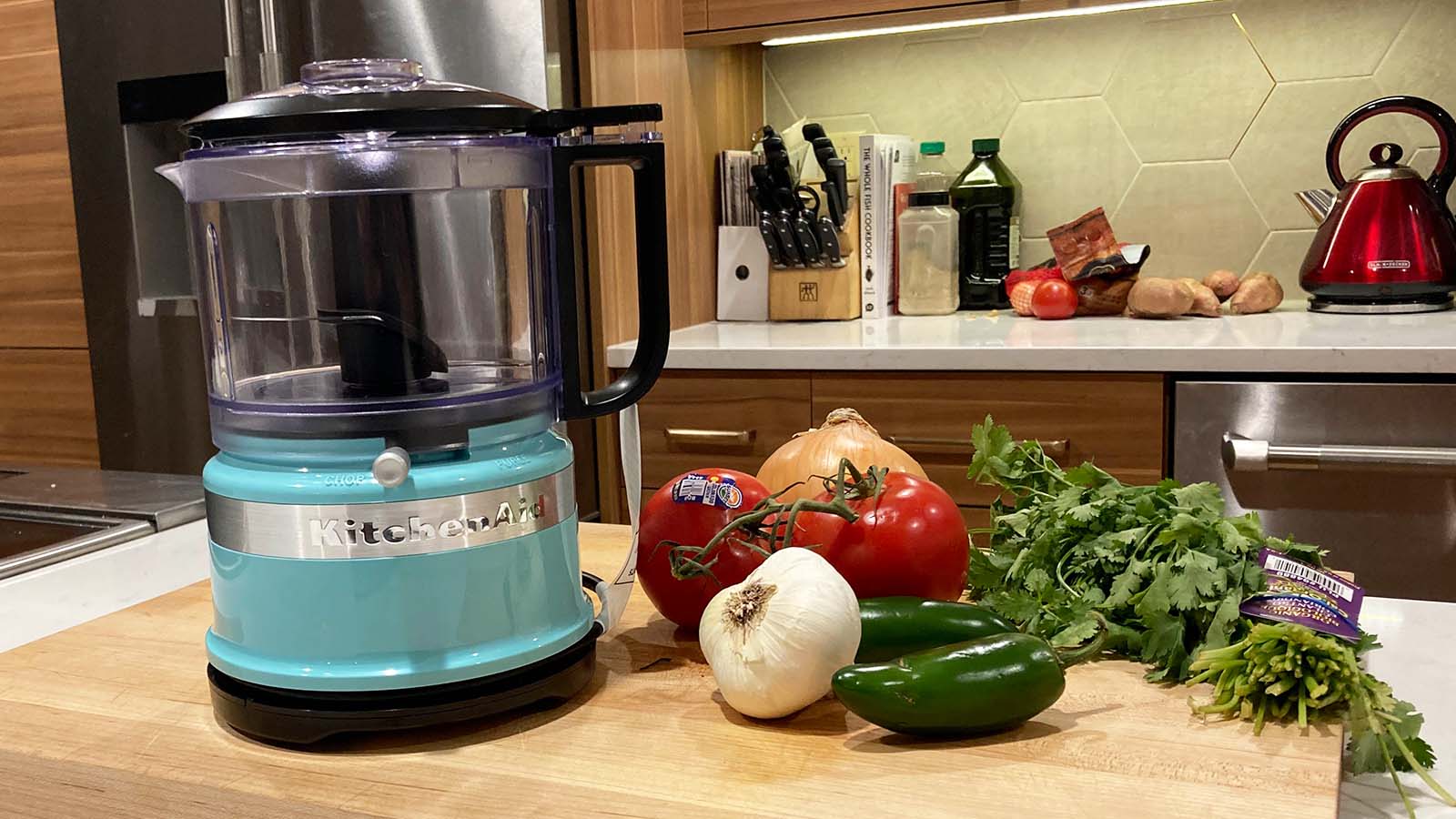
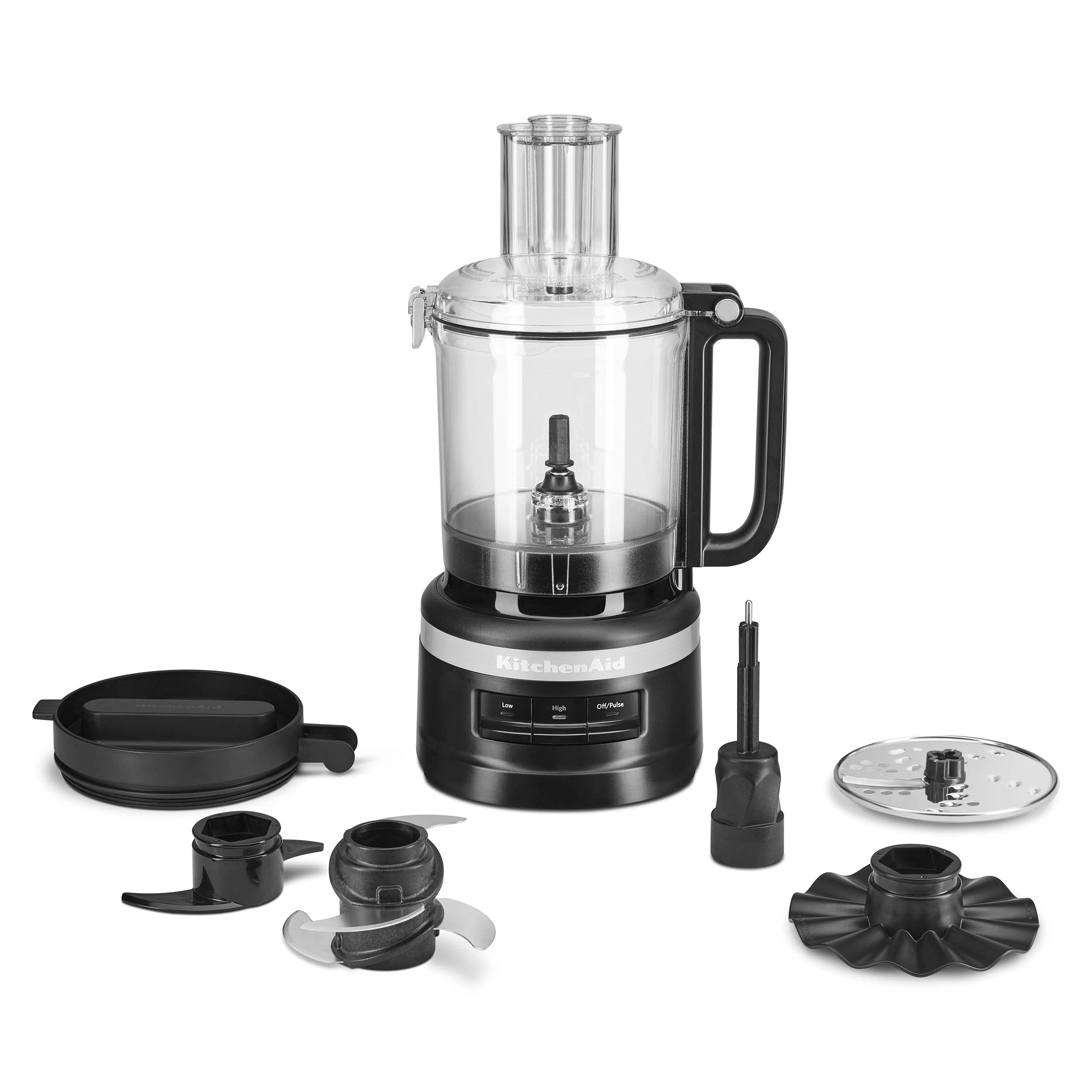

0 thoughts on “How To Use The Kitchenaid Food Processor”